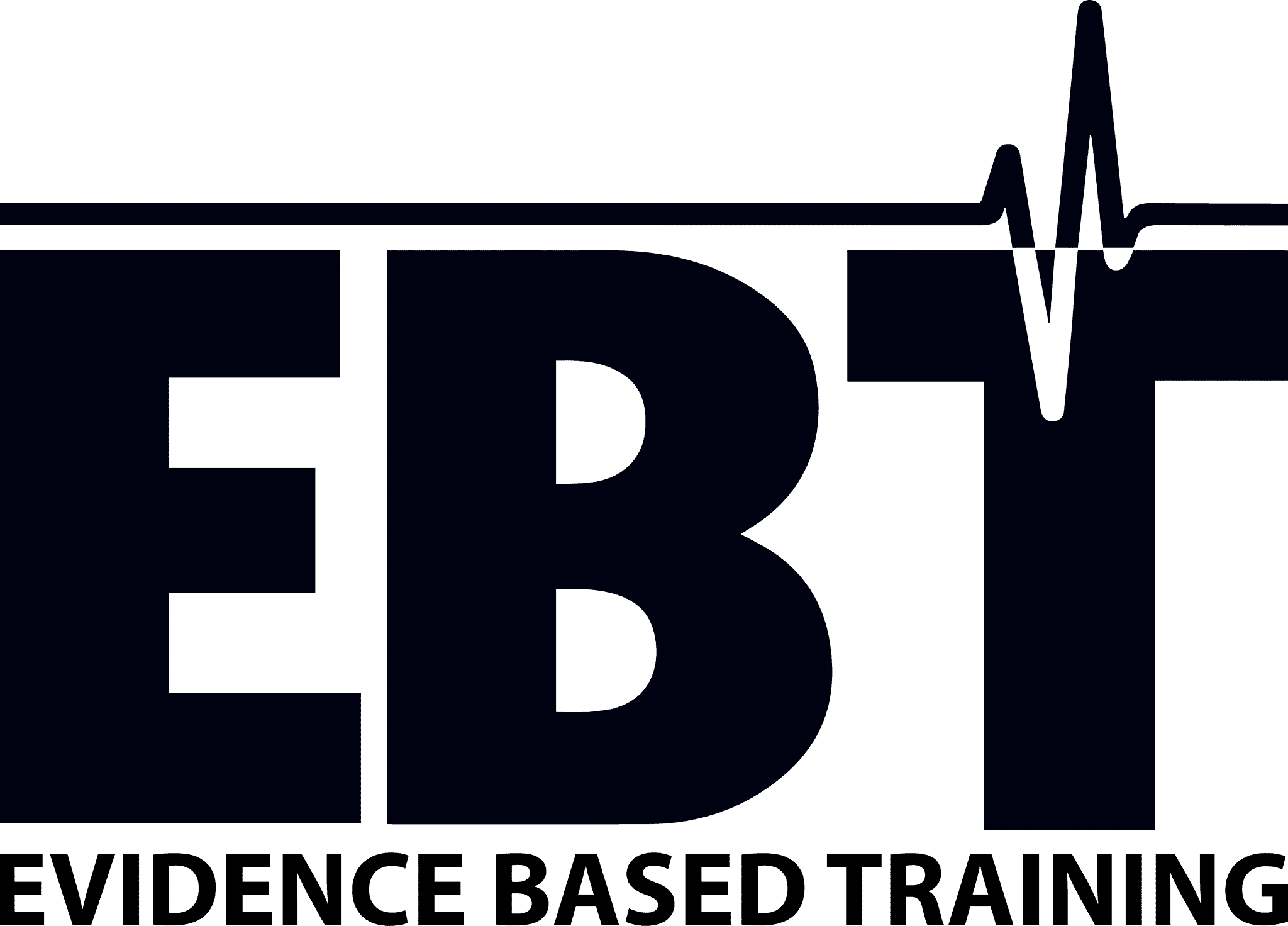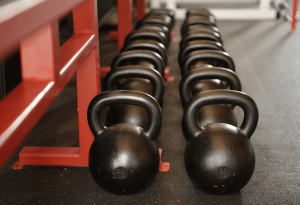Conventional bro science says that narrow stance squats result in higher activation of the quadriceps (knee dominance), while a wider stance is primarily a posterior chain movement (hip dominance). However, this hypothesis might not be as accurate as old bro-wisdom states.
Escamilla’s (2001) study on powerlifters compared three different stances (narrow, medium, and wide stance) and found that wide stance squats had higher knee dominance when compared to narrow stance and medium stance (!).
Does this mean that wide stance is the complete opposite of what it was once thought of? Well, not so fast. On the flipside, studies comparing stances using EMG (2, 3, 4) found no significant differences in in quad activation. Two of the studies found a slight increase in glute activation with the wide stance variations. But as we’ve written before, EMG is not a reliable way to measure the degree of muscle activation.
In sum, there is likely not enough evidence to equivocally conclude that one stance is superior to another in terms of quad activation. Nevertheless, we can conclude that the notion of wide stance being hip dominant and narrow being knee dominant movements is most likely incorrect.
A piece of advice to follow is that the stance that gives you the greatest range of motion is likely the best the best for building quads.
Submitted by @the_alizamini, team EBT member, M.Sc. Psychology and licenced personal trainer.
Inspired by Stronger By Science, read their full article here.
Sources:
1. Escamilla R. et al. (2001). A three-dimensional biomechanical analysis of the squat during varying stance widths. Medicine and Science in Sports and Exercise, 33, 6, 984-998.
2. Paoli A. et al. (2009). The Effect of Stance Width on the Electromyographical Activity of Eight Superficial Thigh Muscles During Back Squat With Different Bar Loads. Journal of Strength and Conditioning Research, 23, 1, 246-250.
3. Escamilla, R et al. (2001). Effects of technique variations on knee biomechanics during the squat and leg press. Medicine and Science in Sports and Exercise, 33, 1552-1566.
4. McCaw T et al. (1999). Stance width and bar load effects on leg muscle activity during the parallel squat. MSSE. 31, 3, 428-36.








